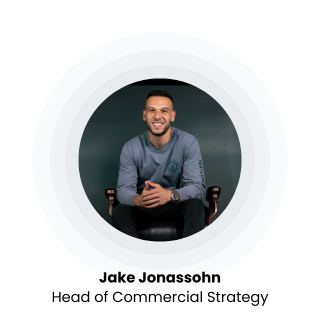Change management is the scariest part of changing enterprise software or service, and few products touch as many individual stakeholders as travel. Executives and their EAs book travel, risk teams use travel data, accounting reconciles – the list goes on. How do you make such a big organizational change and make sure that no one feels left in the dark?
Over the last couple of years, I’ve watched the effective implementations of dozens of travel programs. Some of these have been converting current clients from one technology to another, while others have been full-blown travel program implementations from either other TMCs or from a previously unmanaged state.
Every one of these have taught me something valuable; what works, what doesn’t work, and what to do to get the smoothest outcome, best program adoption, and most receptive response from your internal clients (the travelers). In this article, I’ll be sharing my top four pieces of advice for organizations preparing to make a change to their travel program.
- No one likes surprises
My first suggestion is to communicate early. Travelers don’t love when new technology is sprung on them, or when they have to dig for information when they’re about to book their trip. Your company’s Comms department, in collaboration with your TMC, should be working together to communicate the upcoming change before the launch date.
Send something company-wide, letting travelers know that a change is coming, when they can expect it, and how they can prepare. Giving people direction is really important, so in those earlier communications I would make a note that there’s no actual action to take just yet, and that they can expect more information in the coming weeks.
- Don’t forget the why
It’s important that people understand why a change is being made, and that it’s being made on the travelers’ behalf, the organization’s behalf, or both. Are you trying to improve service? Support a woman-owned supplier? Focus more on your ESG goals? Get better control over your company’s travel spend? They’re all valid reasons, and stakeholders deserve to know why a change is being pushed on them. “Because I said so” is never good enough.
- Let’s be honest
New is new, and comes with challenges. Configuration of the tools is half the battle, and in all the implementations I’ve been a part of, I’ve never seen anyone get it totally perfect right away. As travelers get familiar and start using their new tools, they’ll inevitably run into a rule that shouldn’t be there, or a preference that doesn’t meet their needs. Don’t be afraid to be transparent in the communication plan. Let the readers know that the first 8 weeks will be an adjustment period, and that the travel team (or procurement, or finance, or whoever the program owner is) is listening, collecting feedback, and working with the TMC to make adjustments on the fly.
At Encore, we take this a step further by hosting recurring group sessions for the first couple of months that top travelers can opt into to share their feedback, experience, and use as an outlet to make their suggestions. Every traveler matters, and it takes an open line of communication to get everything just right.
- Practice makes perfect
Training sessions are one of the most important parts of upgrading your travel tech. Even though I like to think our technology is as user-friendly as they come, travelers really appreciate a simple walk through, dos and donts, and an opportunity to ask questions. You’ll be surprised how many travelers have questions about a travel policy that’s been there for years, or whether or not they should be taking insurance when they pick up their rental car. Pro tip: if you can organize this in person rather than virtual, it’s even better. Nothing can replace the value of human connection.
The Short-list
If you want to save some reading time, here’s the executive summary.
To make sure that you communicate changes to your travel program in an effective, resistance-free way, I would do the following:
- Communicate before the launch of the program, and continuously as it approaches.
- Explain why a change is coming
- Let people know that you’re open to feedback and adjustments
- Host training sessions so people can start with the right knowledge to succeed
If you’re going through a change in your travel program, or thinking about, feel free to reach out to me to talk it through. I’m always around.



